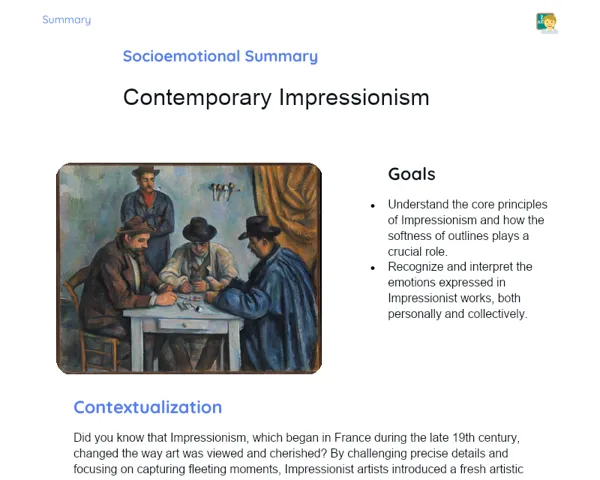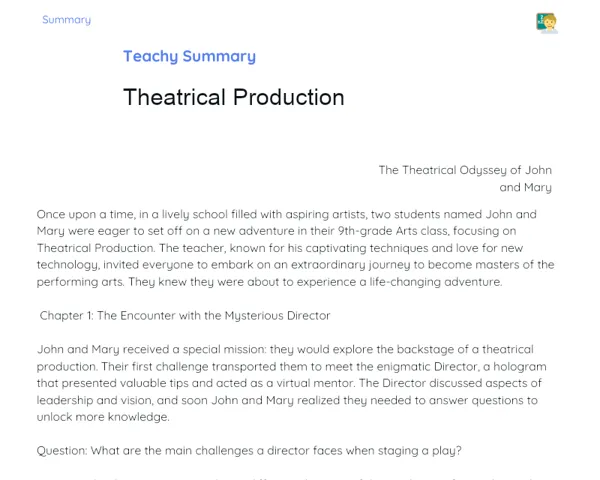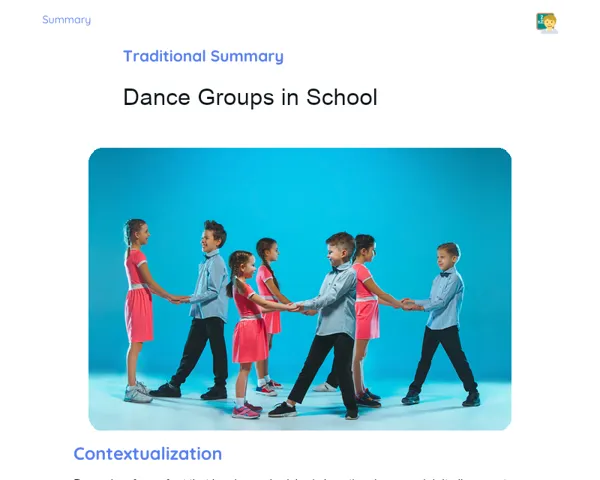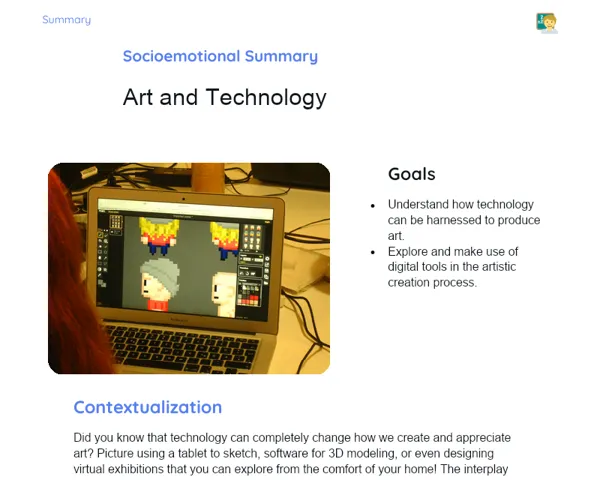Goals
1. Understand the significance of art in ancient Mesopotamian society.
2. Identify and describe the mythological elements found in Mesopotamian art.
3. Recognize the key features of Mesopotamian architecture.
4. Connect Mesopotamian art to the cultural and social contexts of the era.
5. Enhance critical analysis skills concerning ancient art and architecture.
Contextualization
Mesopotamia, often referred to as the cradle of civilization, was among the first societies to forge intricate art and architecture. Nestled between the Tigris and Euphrates rivers, this region was a melting pot of cultures that bequeathed us a remarkable artistic heritage. Mesopotamian art served not just decorative purposes, but was functional and symbolic, mirroring spiritual beliefs, political status, and daily life. Iconic examples include ziggurats, monumental pyramid-shaped structures acting as religious temples, and seal cylinders, small engraved objects used for marking documents and property. Gaining insight into the art of this civilization allows us to better understand how these early societies expressed themselves and organized their worlds.
Subject Relevance
To Remember!
Concept of Art in Ancient Mesopotamia
In Ancient Mesopotamia, art was varied and diverse, encompassing sculpture, relief work, ceramics, and grand architectural forms. It was more than mere aesthetic pleasure; it served significant functional and symbolic roles, reflecting the spiritual beliefs, political customs, and everyday activities of Mesopotamian culture.
-
Mesopotamian art is characterized by its richness and variety.
-
Sculptures and reliefs often featured deities, monarchs, and scenes of warfare.
-
Ceramics had utilitarian functions as well as decorative aspects.
-
Monumental architecture, such as ziggurats, showcased religious and political authority.
Mythological Representations in Mesopotamian Art
The depiction of mythological themes in Mesopotamian art was crucial for understanding the religious beliefs and practices of the era. These portrayals included deities, spirits, and fantastical beings, commonly rendered in reliefs or adorned ceramics and murals.
-
Deities were frequently represented in various forms of art, such as reliefs and sculptures.
-
Mythical creatures like the lamassu served protective roles for temples and palaces.
-
Mesopotamian myths were conveyed through artistic works.
-
Art with mythological themes was designed to educate and reinforce faith.
Characteristics of Mesopotamian Architecture
Mesopotamian architecture is famous for its grand structures, including ziggurats—pyramid-shaped temples featuring multiple levels. These buildings were not only spiritual spaces but also served as administrative and storage hubs, reflecting the societal organization and priorities of the Mesopotamian culture.
-
Ziggurats were pyramid-shaped temples integral to religious practice.
-
Construction relied on mud bricks, a locally abundant material.
-
Palaces and temples were ornately decorated with reliefs and sculptures.
-
Mesopotamian architectural styles influenced subsequent civilizations.
Practical Applications
-
Investigating ancient architecture to inspire contemporary design projects.
-
Analyzing reliefs and sculptures to appreciate symbolic messaging.
-
Developing graphic design tasks using elements from ancient art.
Key Terms
-
Ziggurat: A pyramid-shaped edifice serving as a sacred temple in Mesopotamia.
-
Relief: An artistic approach where figures are carved into a surface to form images.
-
Lamassu: A mythical Mesopotamian entity with the body of a bull or lion, eagle wings, and a human head.
Questions for Reflections
-
How does art shape the perception of a society in the eyes of other cultures?
-
In what ways do mythological representations mirror the beliefs and values of a community?
-
Why is it important to study ancient architecture for the development of innovative architectural techniques?
Mesopotamian Seal Creation Challenge
Craft a seal cylinder inspired by ancient Mesopotamian designs using readily available materials. This challenge aims to consolidate understanding of mythological themes and symbolic communication in Mesopotamian art.
Instructions
-
Collect materials such as clay or dough, toothpicks, and paint.
-
Research Mesopotamian seal cylinders and note common motifs and symbols.
-
Shape a seal cylinder from clay or dough, incorporating patterns inspired by Mesopotamian mythology.
-
Use paint to enhance the sculpted designs on the cylinder.
-
Once dried, roll the cylinder over a piece of paper to print the designs and mimic how they would have appeared in ancient times.
-
Present your seal cylinder and prints to the class, explaining the symbolism and meanings behind your choices.



